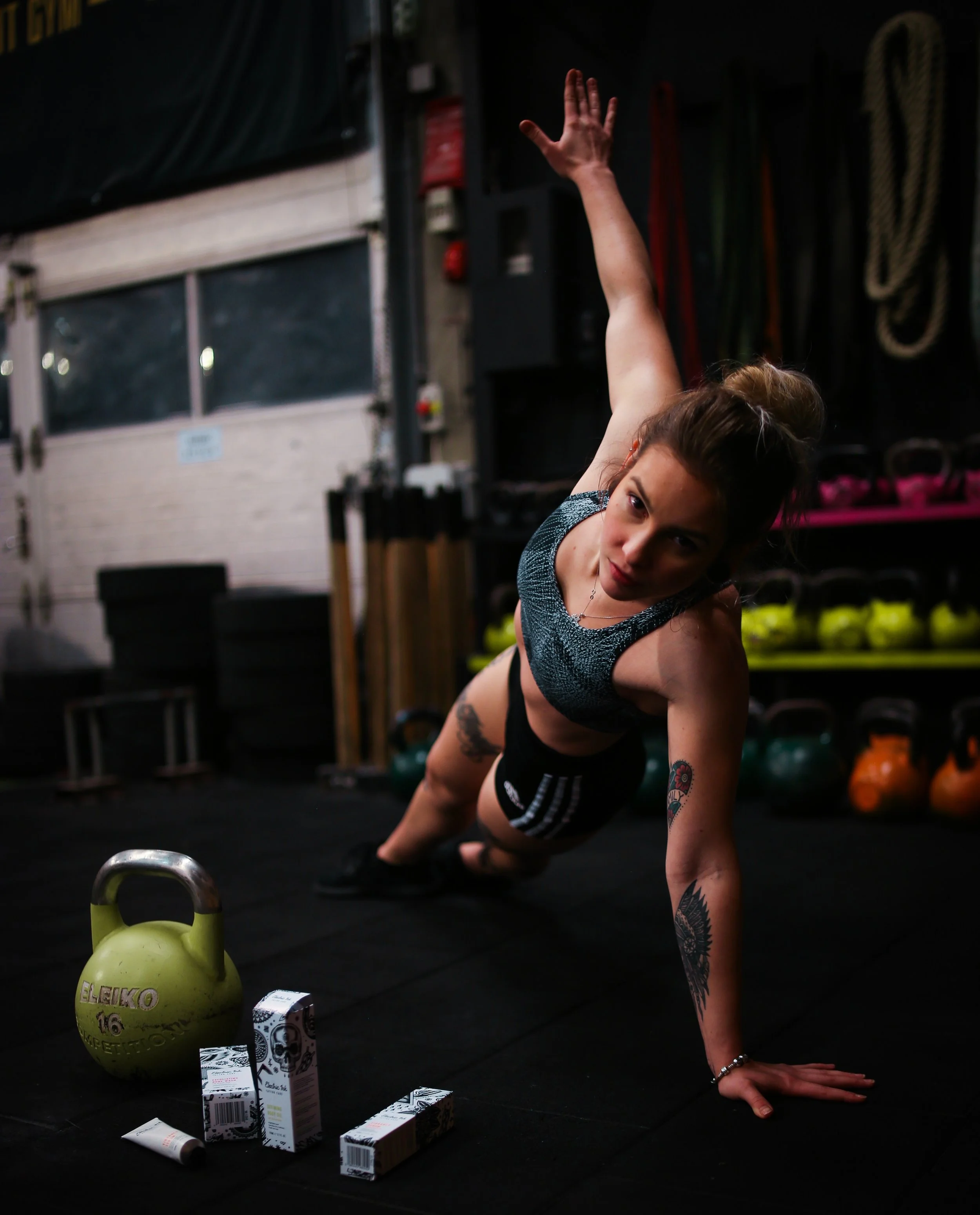Exercise and Your Menstrual Cycle
You may not have known that your hormonal variability throughout the month can impact how you exercise and performance outcomes. Surprisingly it can, and here we will discuss ways to prioritize exercise based on which phase of your menstrual cycle you are in.
A Note on Exercise Intensity:
When we hear the word intensity or high intensity, moderate intensity, low intensity what intensity means is the percentage of your maximum heart rate (how hard is your heart working in the movement). A quick equation to determine your maximum heart rate is 220 minus your age. There is a more complicated equation but this one is the quick and an easy one to remember. This will obviously be an average. If you use an exercise or heart rate tracker you may have this data and it can vary from this equation number. Moderate intensity is about half up to about 70% of your maximum heart rate. High intensity is 70-85% of your maximum heart rate. A good way to know about where you are is the talk test. If you can talk but not sing during movement you are doing moderate activity, if you need to talk a few breaths between words it is vigorous activity. It’s recommended to get 150 minutes of moderate or 75 minutes of vigorous intensity exercise per week. You do not need to overdo it with exercise and sometimes the results you’re looking for come when you incorporate adequate rest into your routine.
How to optimize exercise with each phase of your menstrual cycle:
At different times of the month, you will have different hormonal outputs which will impact your energy levels, motivation, emotions, and strength. Due to these factors you can change your schedule of which intensity of exercise to do in order to keep your hormones stable, and to reduce unnecessary exercise.
Exercise and Your Menstrual Cycle - The Menstrual Phase:
On day 1 of your period your progesterone and your estrogen are at their lowest point. What is happening is your uterine lining is shedding. Your energy may be the lowest during this time and your period blood should be a bright or dark red (kind of like cranberry juice). Doing low intensity exercise as the ones mentioned is going to be a great way to regulate energy levels without feeling depleted. Try to do more movements based on stretching, balance, flexibility while later on in the phases you can start to work on endurance and strength.
Active Rest
Light Weights
Yoga
Pilates
Exercise and Your Menstrual Cycle - Follicular Phase:
Once your period ends and you enter the follicular phase, your pituitary gland in the brain sends out the hormone FSH (follicular stimulating hormone) to tell the ovaries to start maturing an egg. The follicles will mature an egg and estrogen and testosterone are rising. Your energy, mood, and libido will rise in this phase. This is the phase to increase your intensity because your energy and hormone levels are at high levels and rising in this phase. During this time try to optimize strength and endurance and shoot to push yourself to achieve a faster time, or heavier lift based on whatever exercise form you like best. You can really focus on progress in this phase and take advantage of your athleticism and creativity to try new things.
Group Fitness
Dance
Cardio
Running
Strength training
Exercise and Your Menstrual Cycle - Ovulation Phase:
Ovulation is the shortest phase lasting only a day and it is where your energy and hormone levels peak. The egg is released from the follicle and travels down the fallopian tube. Luteinizing hormone (LH) controls this release, and it helps to prepare the body for fertilization. The follicle which releases the egg turns into the corpus luteum which will start to produce progesterone. Cervical fluid changes during this phase – this is totally normal. As you get closer to ovulation it will change from dry / sticky to creamier and more lotion-like consistency and then a stretchy egg white consistency (which is a sign of ovulation).
During this phase you may find your self gravitating towards more high intensity exercises like cardio, HIIT, or boot camp classes due to the fact that your energy levels are at their highest. Make sure that you pay attention to if you really like cardio. Some people do cardio are feel energized and pumped afterwards and some people feel sluggish and depleted after cardio. If you feel depleted this may be a clue that your resting cortisol may be too high or too low at baseline, so try to do more low intensity to regulate your levels.
Spin
HIIT
Circuit Training
Running
Boot Camp
Yoga Sculpt
Exercise and Your Menstrual Cycle - Luteal Phase:
When the body recognizes that the egg has not been fertilized (you are not pregnant) all hormones start to fall, energy may decrease, and you may find you are in a more restorative, restful mindset. This is the luteal phase which is the point from after ovulation until the first day of your next menstrual cycle. This is the time when you may experience the most significant symptoms linked to PMS, so it is very important to listen to your body. Additionally, focus on blood sugar balance because your responsiveness to insulin shifts in the luteal phase – do this by eating consistent meals & snacks and including protein, healthy fat, and a fiber source at meals & snacks. For exercise and your menstrual cycle during this phase it is all about listening to your body and feeling out what makes you feel best.
Weights
Vinyaya Yoga
Body Weight Exercises
Towards the end of this phase:
Yoga
Walking
Pilates
Listen to your body







